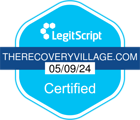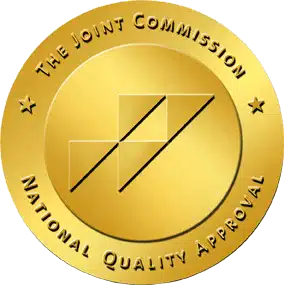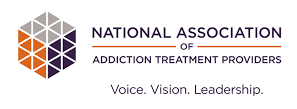See how close your home is to a defunct drug lab with this interactive map from the Drug Enforcement Administration.
If you’ve ever suspected that your house or apartment sits next to a covert drug lab, you might be right.
The United States Drug Enforcement Administration (DEA) created afree, interactive mapthat lets you pinpoint the street addresses of defunct drug laboratories and dump sites in every state in America.
To create this registry of clandestine drug labs and dump sites, the DEA compiled data from law enforcement agencies across the country who found “chemicals or other items,” that indicated the location of defunct labs and dump sites.
Although the DEA does not specify the drugs that were found at each site of clandestine chemistry, it’s reasonable to assume that many involved illegal drugs that are only manufactured illegally, likecrystal methamphetamineandcrack cocaine.
Treatment Can Be Life Changing. Reach out today.
Whether you are struggling with addiction, mental health or both, our expert team is here to guide you every step of the way. Don’t wait— reach out today to take the first step toward taking control of your life.
Clandestine Chemistry: Info to Know
- Clandestine drug laboratories(also called “clan labs”) are secret locations — usually mobile homes, garages, abandoned warehouses, apartments, barns, etc. — where drugs are illegally grown, synthesized or manufactured.
- The termclandestine chemistryusually refers to the illegal manufacturing of drugs, many of which are sold on the black market. The term also refers to the illicit production of explosives.
- Illicit drugs made in undercover drug labs may includemethamphetamine,heroin,crack cocaineandecstasy (MDMA), among other substances and drug combinations.
- Adrug dump siteis any location where toxic chemicals used to manufacture drugs are disposed of. These chemicals may be substances available at home improvement stores, including different acids, ammonia, paint thinner, drain cleaner and other industrial solvents. Illegally dumping these substances damages soil, pollutes waterways, harms plant and animal life, and usually has significant health and safety implications for humans, too.
Data Limitations to Note
Because the DEA’s registry is among the first of its kind, there are a few caveats to its use. Several important limitations to note about the DEA registry and map:
- The map only includes locations of past drug busts and dumpsites:The DEA map doesn’t show locations of currently active drug labs or dump sites, which means there are likely many more secret labs and unidentified dump sites in your neck of the woods.
- The data doesn’t include every defunct drug lab or dump site that ever existed in America:The data is reported voluntarily from many different sources and isn’t a complete list. The DEA registry was reportedly created in 2006 and appears to only show data from the 2000s, but there is no firm date of creation listed or explanation of years that the data was collected from.
- The map view is limited to 500 data points:Most states have more than 500 listings, but this data can only be seen in spreadsheet form. To view a full list of defunct labs and dump sites in a specific state, download the results as a spreadsheet. For example, Alabama shows 500 locations in the map view, but the total of 922 results can be accessed by downloading a spreadsheet.
A Tool for Local Communities
What does the DEA registry mean for businesses, government leaders and communities across the country? The compiled data and street addresses listed on this map have health and safety applications for a variety of community leaders and businesses, including helping:
- Inform clean up efforts by the Environmental Protection Agency
- Local governments assess environmental damage caused by dump sites
- Inform police and law enforcement officers of potential areas of crime
- Local health departments establish necessary care standards
- Business owners improve employee safety measures
- Inform community leaders of local safety hazards
- Real estate agents evaluate specific neighborhoods
An Essential Resource for Homebuyers
For consumers, this map is particularly useful in evaluating potential neighborhoods and homes.
“This registry gives homeowners a new tool to help ensure that their dream house is not a hidden nightmare,”says Karen P. Tandy of the DEA.
In 2010,CNN reportedthat one Pennsylvania couple unknowingly bought a house that was listed as a former meth lab on the DEA’s map. All homebuyers looking for their next house should check the DEA registry to ensure that it’s not the site of a former clandestine lab — information that might slip through the cracks in a general home inspection for a home to be compliant with local standards.
You’re Never Too Far From Life-Changing Treatment
Although it can be entertaining or troubling to see locations of old drug labs online if you came across this information because you or someone you know struggles with illegal drug use, know that you’re not alone. Real help is available, regardless of where you live.
The Recovery Village haslocations across the countryto ensure that you or a loved one can access the high-qualityrehabyou deserve. Representatives can help you find treatment that can meet your needs — even if it’s not at The Recovery Village.
To talk with one of our representatives (many of whom are in recoveryfrom illicit drug abuse themselves), or to ask questions about the rehab process or drug addiction,call The Recovery Villagetoday. Your call is free and confidential, and you don’t have to commit to a program to learn more about how rehab can help you take the first step toward a healthier future.







